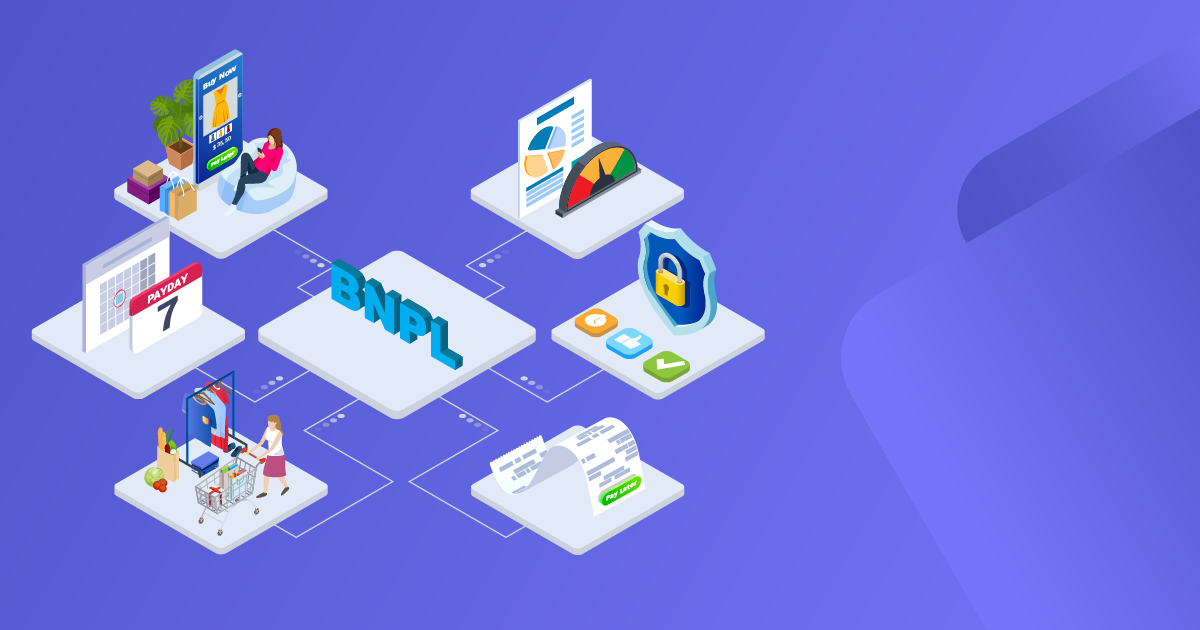

The payments industry is evolving tremendously due to a rapidly advancing IT infrastructure and the rise of fintechs and digital platforms that optimize payment experiences to meet new market demands. These evolvements have mounted additional pressure on financial institutions to keep up with the latest industry standards, be impenetrable against security and data breaches, and maintain their competitive advantage.
For many financial institutions, there is an assumption that these adaptations require an overhaul of legacy systems, an extremely time consuming and expensive process best to be avoided. On the contrary, the emergence of new technologies and advancement of existing ones such as open Application Programming Interfaces (APIs), have facilitated this change through building and connecting, rather than ripping and replacing.
Here are three major triggers that help financial institutions identify when payment systems need an upgrade:
Market Demands
Changing market demands is the biggest indicator that financial institutions should embark on upgrading or introducing new payment channels. In the past year, consumers have developed expectations in the quality of services offered, their speed and security. Accordingly, any financial institution looking to thrive would be expected to quickly adapt by embracing high-tech and convenient payment platforms such as e-commerce and mobile-based applications that offer faster, immediate, remote and secure payments.
Key Takeaways:
- Assess if you can leverage existing payment systems to launch the new service before embarking on purchasing an entirely new system
- Invest in research reports that predict market demands to be the first to market a new service and be a leader in the industry
Rules and Regulations
Undoubtedly, local rules and regulations are vital triggers for upgrading payment systems as they define the framework of the payments environment, limits of innovation, and level of competition in the financial ecosystem. Regulators in any country play a pivotal role in directing the new technologies introduced in the market by enacting the needed rules and regulations for all market stakeholders to adopt the needed technologies and provide the new services that serve market demands.
In addition, the new standards and protocols for the globalization of payments processing and international payments are also defined in advance to govern transactions across the globe, and these are also major triggers for financial institutions to implement the needed changes to integrate with international networks and allow customers to benefit from the services offered by those networks.
Key Takeaways:
- Stay up to date with the regulatory body’s annual plans and objectives, as well as global regulations and standards
- Talk to your payment solution provider to see how your existing payment systems can abide by the new regulatory and global requirements
Competitor Analysis
While it is not optimal to upgrade or launch a new service only after competitors succeed in doing so, financial institutions are required to keep up with new market entrants and innovations introduced in the market to reinforce competitiveness and retain existing customers. This is in addition to a continuously growing fintech community that is transforming the payments landscape and spearheading innovations suited to digital-first generations.
Key Takeaways:
- Monitor your competitor’s services and benchmark them against your own on a quarterly basis
- Assess whether it is more feasible to introduce the new service through upgrading a payment system, or formulating the right partnership with an existing fintech
To conclude, financial institutions that fail to keep up with market demands, competitors and local and international regulations will inevitably fall behind in what has become an increasingly competitive payments landscape. My final key takeaway for any financial institution considering a payment system upgrade: make sure it optimizes productivity, efficiency and security, and serves not only current but anticipated market demands.






